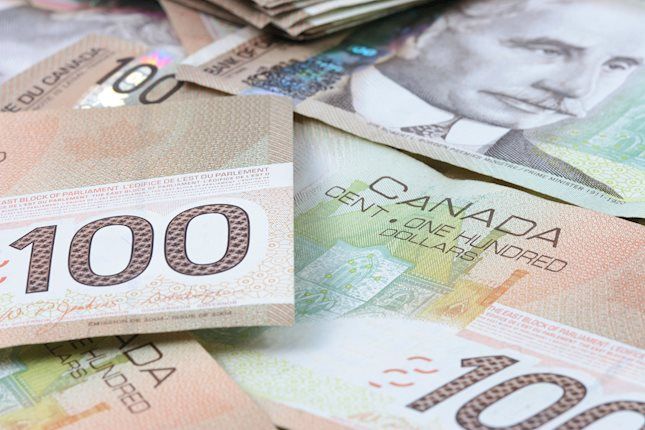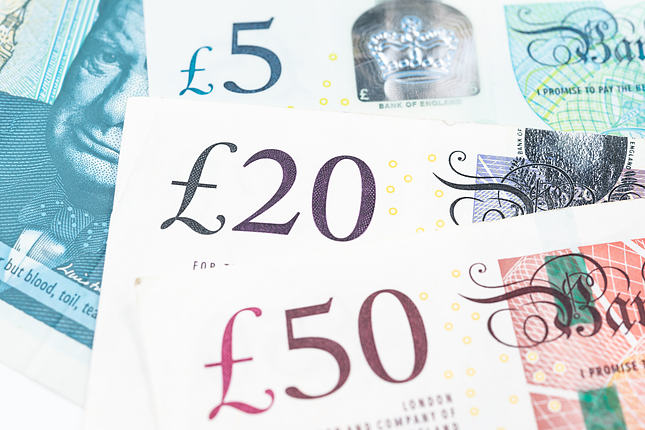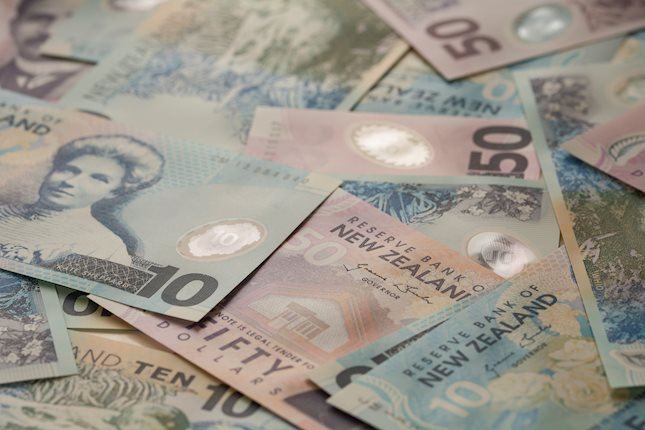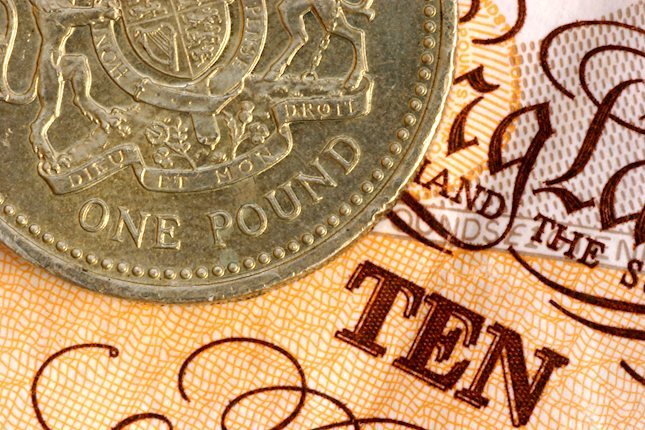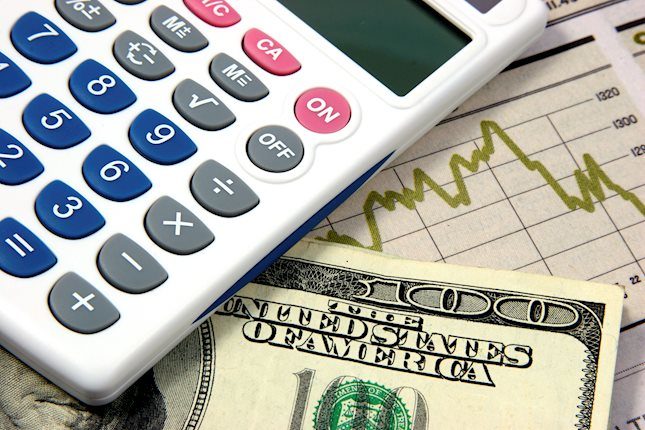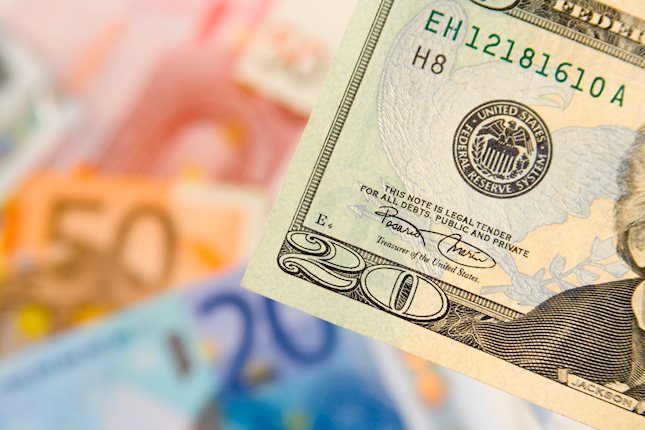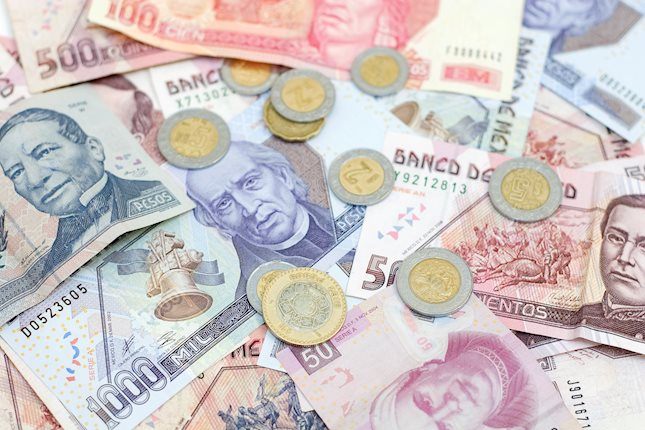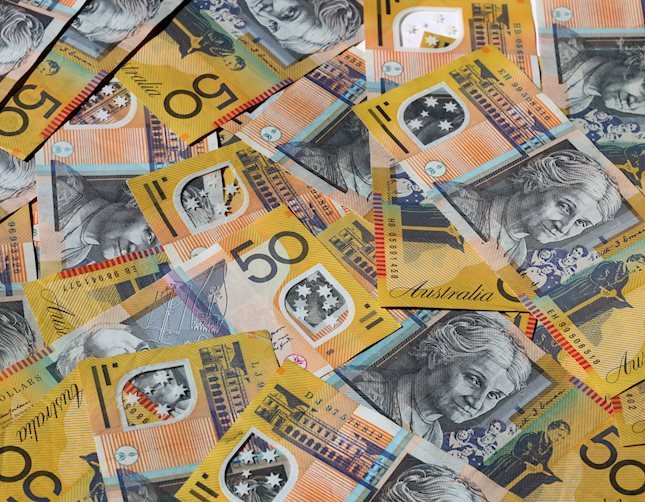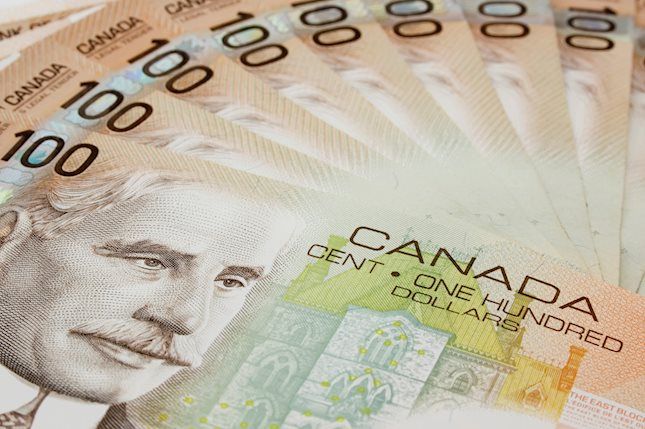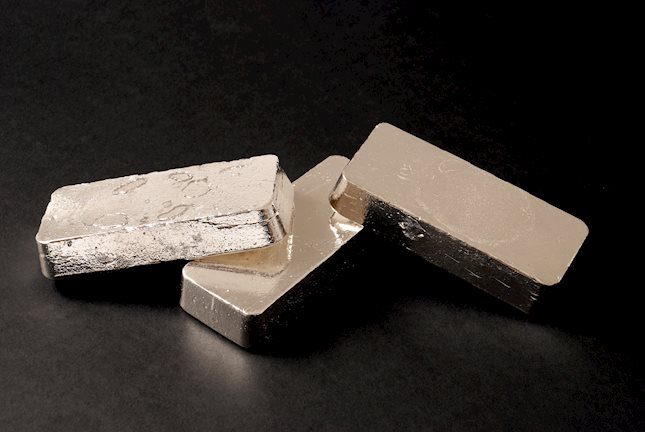-
Opps!
This language contents are not available!
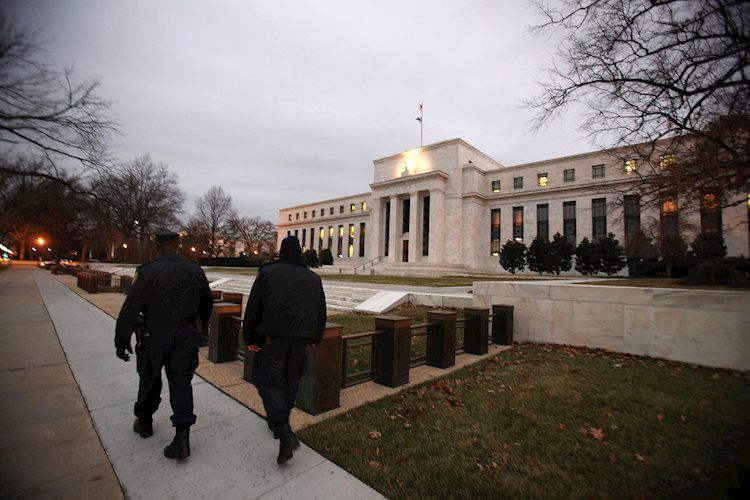
Fed’s Collins: Progress needed for interest rate adjustment will take longer
Federal Reserve Bank of Boston President Susan Collins spoke at “Central Banking in the Post-Pandemic Financial System” on Wednesday. Collins said that progress toward interest rate adjustment will take longer.
Fed policymakers stick to cautious script after April CPI inflation sparked rate cut hopes
Key quotes
Elevated uncertainty continues to be a feature of the economy, can't overreact to any data point.
Progress needed for interest rate adjustment will take longer.
Fed well positioned, time for patience.
Policy restrictions evident in some indicators.Warns of potential longer policy lags due to special factors.
Medium-term underlying neutral rate could be higher.Patience is the right policy for the Fed.
Market reaction
The US Dollar Index (DXY) is trading 0.04% lower on the day at 104.60, as of writing.
Fed FAQs
Monetary policy in the US is shaped by the Federal Reserve (Fed). The Fed has two mandates: to achieve price stability and foster full employment. Its primary tool to achieve these goals is by adjusting interest rates. When prices are rising too quickly and inflation is above the Fed’s 2% target, it raises interest rates, increasing borrowing costs throughout the economy. This results in a stronger US Dollar (USD) as it makes the US a more attractive place for international investors to park their money. When inflation falls below 2% or the Unemployment Rate is too high, the Fed may lower interest rates to encourage borrowing, which weighs on the Greenback.
The Federal Reserve (Fed) holds eight policy meetings a year, where the Federal Open Market Committee (FOMC) assesses economic conditions and makes monetary policy decisions. The FOMC is attended by twelve Fed officials – the seven members of the Board of Governors, the president of the Federal Reserve Bank of New York, and four of the remaining eleven regional Reserve Bank presidents, who serve one-year terms on a rotating basis.
In extreme situations, the Federal Reserve may resort to a policy named Quantitative Easing (QE). QE is the process by which the Fed substantially increases the flow of credit in a stuck financial system. It is a non-standard policy measure used during crises or when inflation is extremely low. It was the Fed’s weapon of choice during the Great Financial Crisis in 2008. It involves the Fed printing more Dollars and using them to buy high grade bonds from financial institutions. QE usually weakens the US Dollar.
Quantitative tightening (QT) is the reverse process of QE, whereby the Federal Reserve stops buying bonds from financial institutions and does not reinvest the principal from the bonds it holds maturing, to purchase new bonds. It is usually positive for the value of the US Dollar.
Forex News
Keep up with the financial markets, know what's happening and what is affecting the markets with our latest market updates. Analyze market movers, trends and build your trading strategies accordingly.

